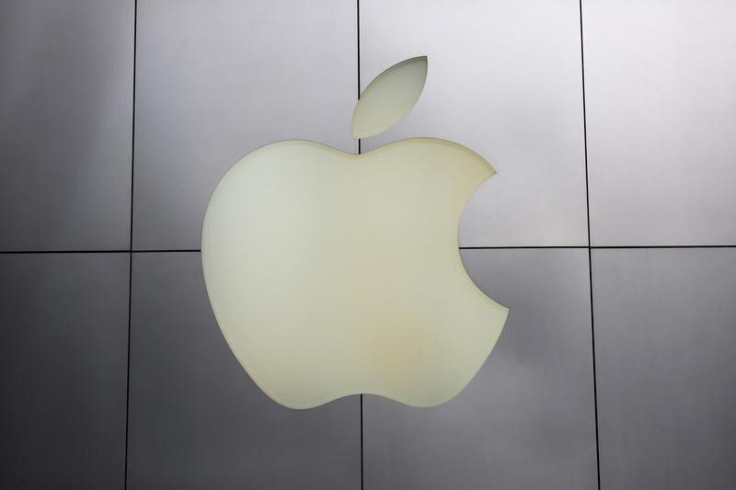Ways To Secure Data On Your Smartphone
Privacy Of The User Is Very Important To Secure

A few weeks back there was concern regarding the privacy of the smartphone when nude celebrity photos emerged on the internet due to hacking. Security is a big concern not only to the rich and famous but to everybody. With the advancement in technology personal security concerns keep growing. For example the Apple Pay if purchases could be done on a smartphone without the use of a card then it is a cause for concern if it gets into unscrupulous hands.
Apple has taken a serious note on this and released a new privacy policy that asserts that police cannot get to user's password protected data.
When a pass code is set on the Apple device photos, messages and documents get encrypted with or without fingerprint ID to unlock the phone. Apple stated that it cannot bypass the pass code even if the law enforcement asks them to.
The new Android update also comes with default data encryption according to Google. The option was always there but many people are not aware of it and do not know how to activate this option.
Other than having pass codes, some handsets have tools for hiding sensitive photos and documents stored on the phone. This option would be very useful when the user lends the phone to a person or when someone is going through the user's phone.
Let us evaluate some of the options in the Apple devices and Samsung handsets
iPhones and iPads
The iOS 8 has an option where photos can be hid from the collection in the Photo app. The user has to press and hold the photo and tap on hide, the photo is hidden away in another folder. The user can also unhide the photo when he desires.
Samsung's Galaxy Devices
There is a private mode in Galaxy S5. This can be turned on in the settings under "Private Mode." The user can mark the private folders or files as private. The user can go to the Gallery and mark the photo or albums as private and select the "Move to Private" option. This can be done with music, movies, videos and audio recordings too. Turn "Private Mode Off" in the settings for contents to be secure. To unlock use a password or fingerprint ID.
This feature is also available in the Galaxy Tab S and the Galaxy Note.
These are just some tips to protect the user's privacy. For files stored on the iCloud or DropBox a very strong password and a two step verification is necessary. Also be aware of the data shared with other apps. iOS gives an option to choose what information the user would like to share with the app. Usually apps will ask permission to location services. But it is at the discretion of the user which app he allows to access his location by going to "Location Services" setting under "Privacy".






